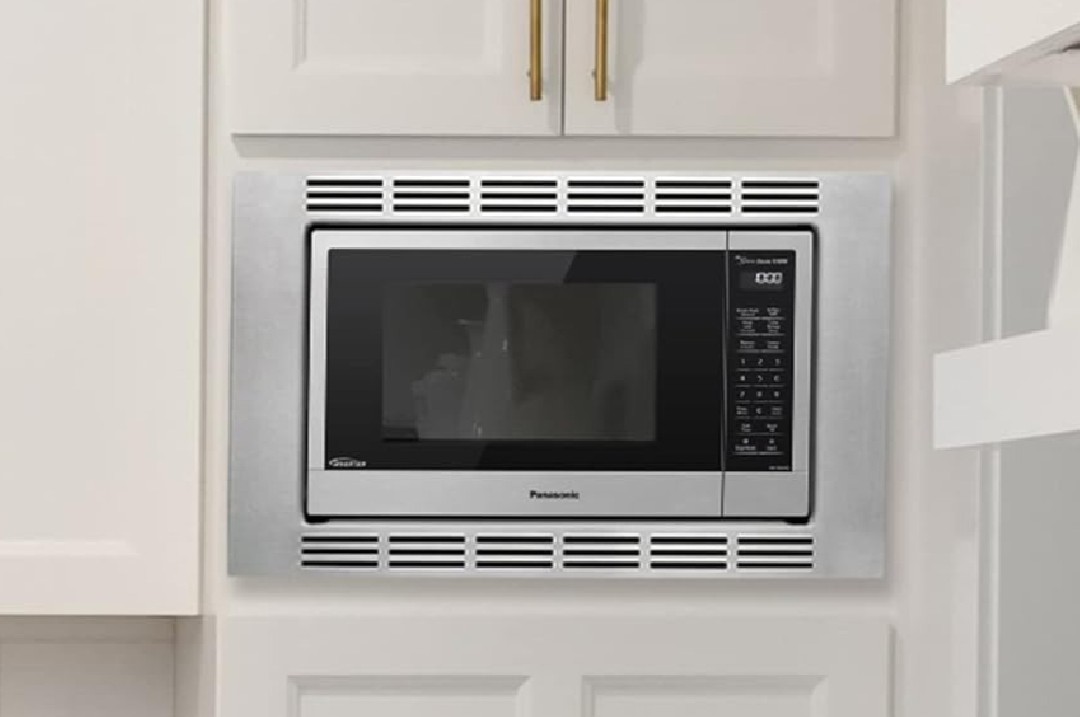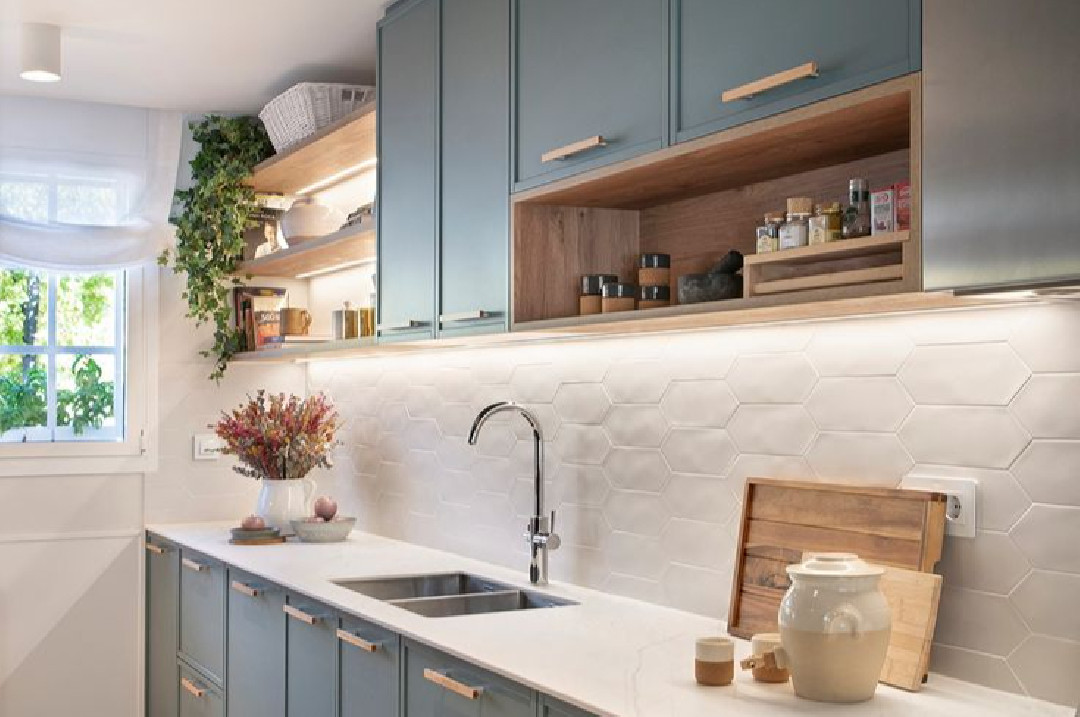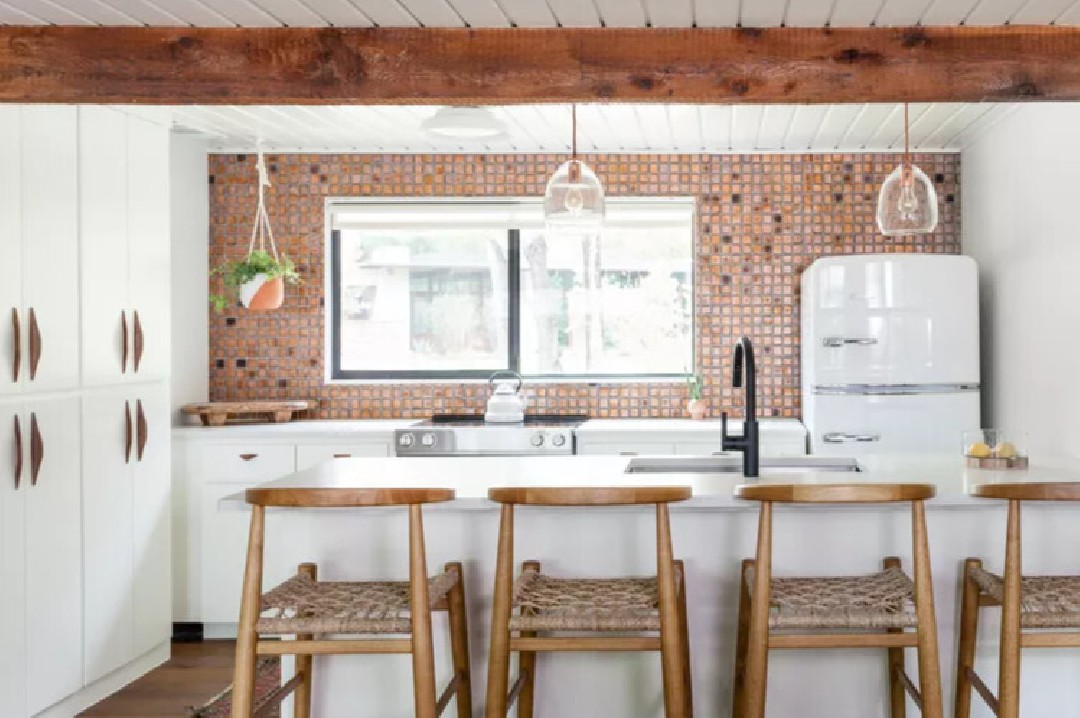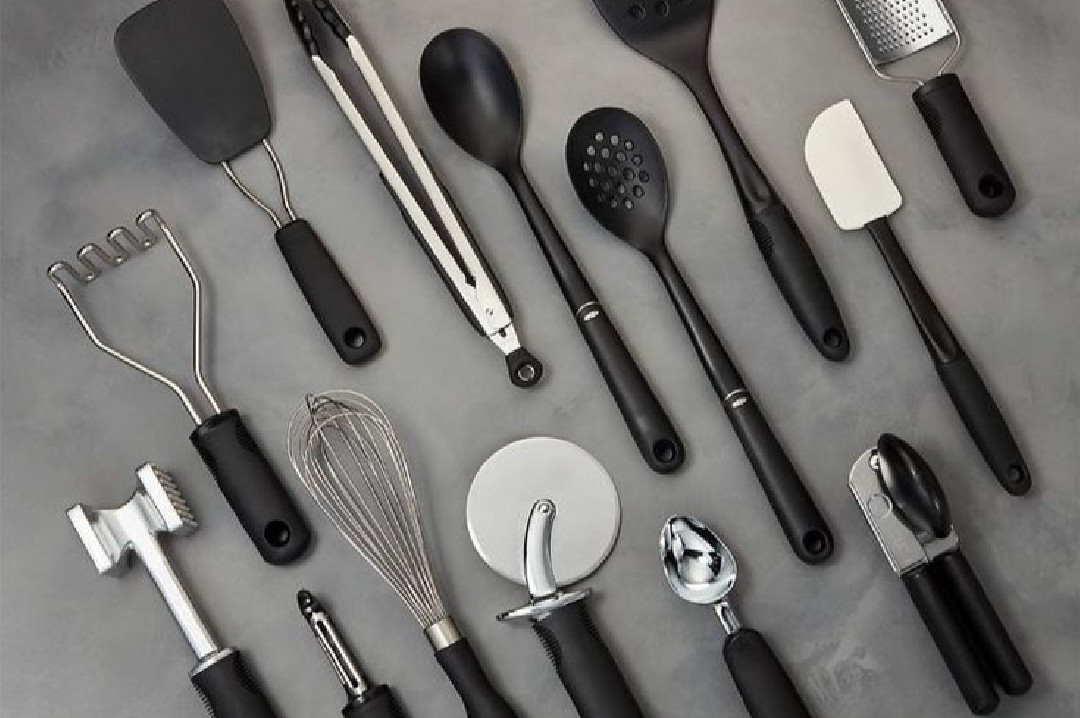How to Choose a Kitchen Backsplash That Matches Your Home's Style
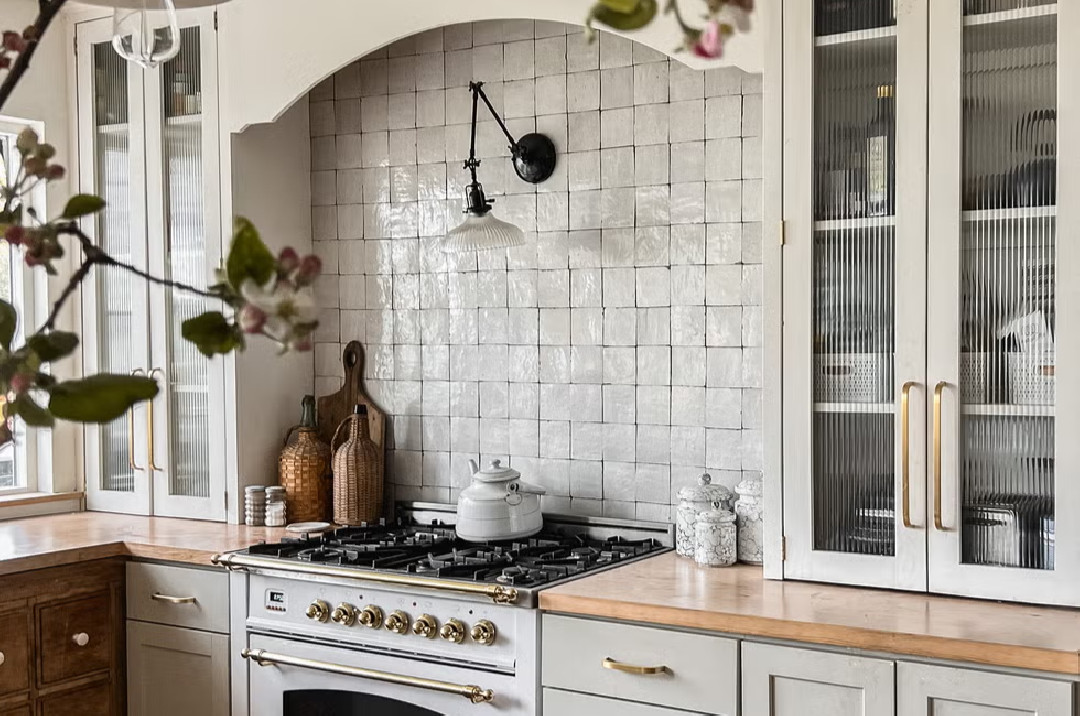
A kitchen backsplash is an essential element of kitchen design that often gets overlooked. While its primary function is to protect walls from splashes of water, oil, and other stains during cooking, a backsplash also plays a vital role in enhancing the kitchen's aesthetic. It can even become a standout feature that draws attention. Choosing the right backsplash not only improves the look of your kitchen but also harmonizes with your home's overall style. In this article, we’ll explore various factors to consider when choosing a kitchen backsplash that fits your home’s design.
1. Understand Your Home’s Style
The first step in selecting the right backsplash is understanding your home’s overall style. Every home has its own unique characteristics, whether it’s minimalist, classic, modern, or rustic. Knowing your home's style will help you choose a backsplash that complements other design elements, such as wall colors, flooring, and furniture.
-
Minimalist Style: Minimalist homes emphasize simplicity and functionality. If your home is minimalist, opt for a backsplash with a clean, simple design without too many intricate details. Neutral colors like white, gray, or black are often used in this style.
-
Classic Style: Classic homes tend to feature intricate and elegant details. A mosaic or marble backsplash would fit well with this style. Warm colors like cream, gold, or beige will enhance the luxurious feel.
-
Modern Style: Modern homes offer more flexibility in design. You can experiment with bolder materials and colors. For instance, a glass or stainless steel backsplash can add a futuristic touch, perfect for modern kitchens.
-
Rustic Style: If you have a rustic-style home that emphasizes natural materials and a warm ambiance, choose a backsplash made of materials like natural stone, wood, or patterned tiles in earthy tones. These will complement the cozy and inviting rustic aesthetic.
2. Choose the Right Material for Your Backsplash
After understanding your home’s style, the next step is selecting the appropriate material for your backsplash. There are many materials available, each with its own advantages and disadvantages.
-
Ceramic Tile
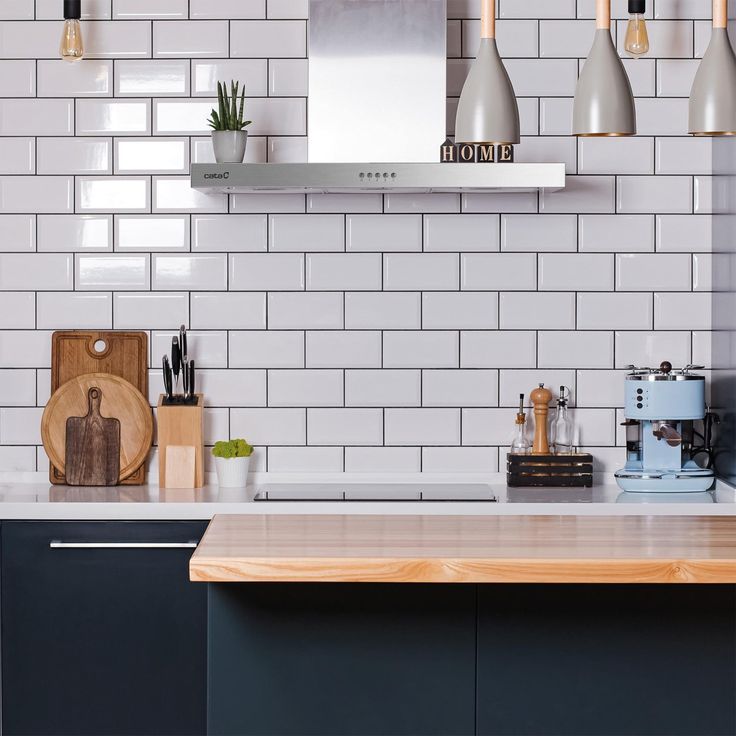 search image
search image
Ceramic is one of the most popular materials for backsplashes because it’s relatively affordable and comes in a wide range of designs and colors. Ceramic tiles are easy to clean and durable, making them a practical choice for kitchens. For minimalist or classic homes, ceramic tiles in solid colors or with simple patterns work well.
-
Marble
:max_bytes(150000):strip_icc()/ways-upgrade-kitchen-without-renovating-modern-painted-cabinets-getty-0723-0b1cbd6aca894080a9ef9a50e242c975.jpg) search image
search image
Marble is known for its natural beauty and is often used in classic or luxurious homes. A marble backsplash adds elegance and sophistication, but it requires extra care as it easily absorbs stains and is prone to scratches.
-
Stainless Steel
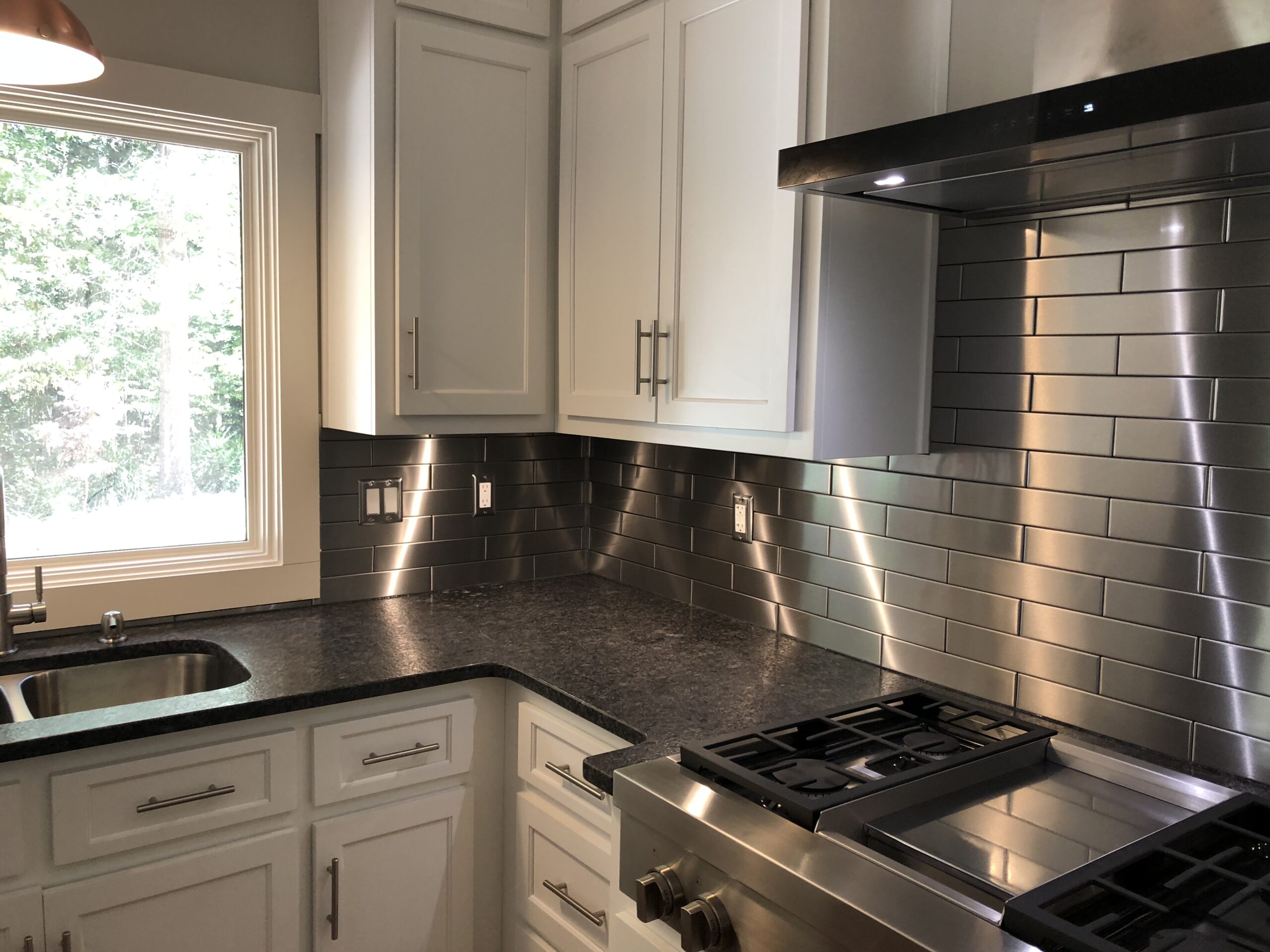 search image
search image
This material is perfect for modern or industrial-style homes. Stainless steel offers a sleek, modern look, is highly durable, and easy to clean. However, fingerprints and scratches can be quite noticeable, so regular cleaning is needed.
-
Glass
 search image
search image
A glass backsplash creates a sleek, reflective look that’s ideal for modern or minimalist kitchens. Glass adds a sense of space and luxury, and it’s easy to clean. However, installation requires professional expertise, and it’s more expensive compared to ceramic.
-
Natural Stone
![Full Guide] 6 Tahap Membangun Dapur Minimalis Modern 2023](https://galleria.co.id/wp-content/uploads/2023/03/backlplash-kitchen-1024x575.jpg) search image
search image
Materials like granite or slate provide a natural look that’s perfect for rustic or farmhouse kitchens. Natural stone is durable, but it also needs special care to prevent staining and cracking over time.
-
Vintage Tiles
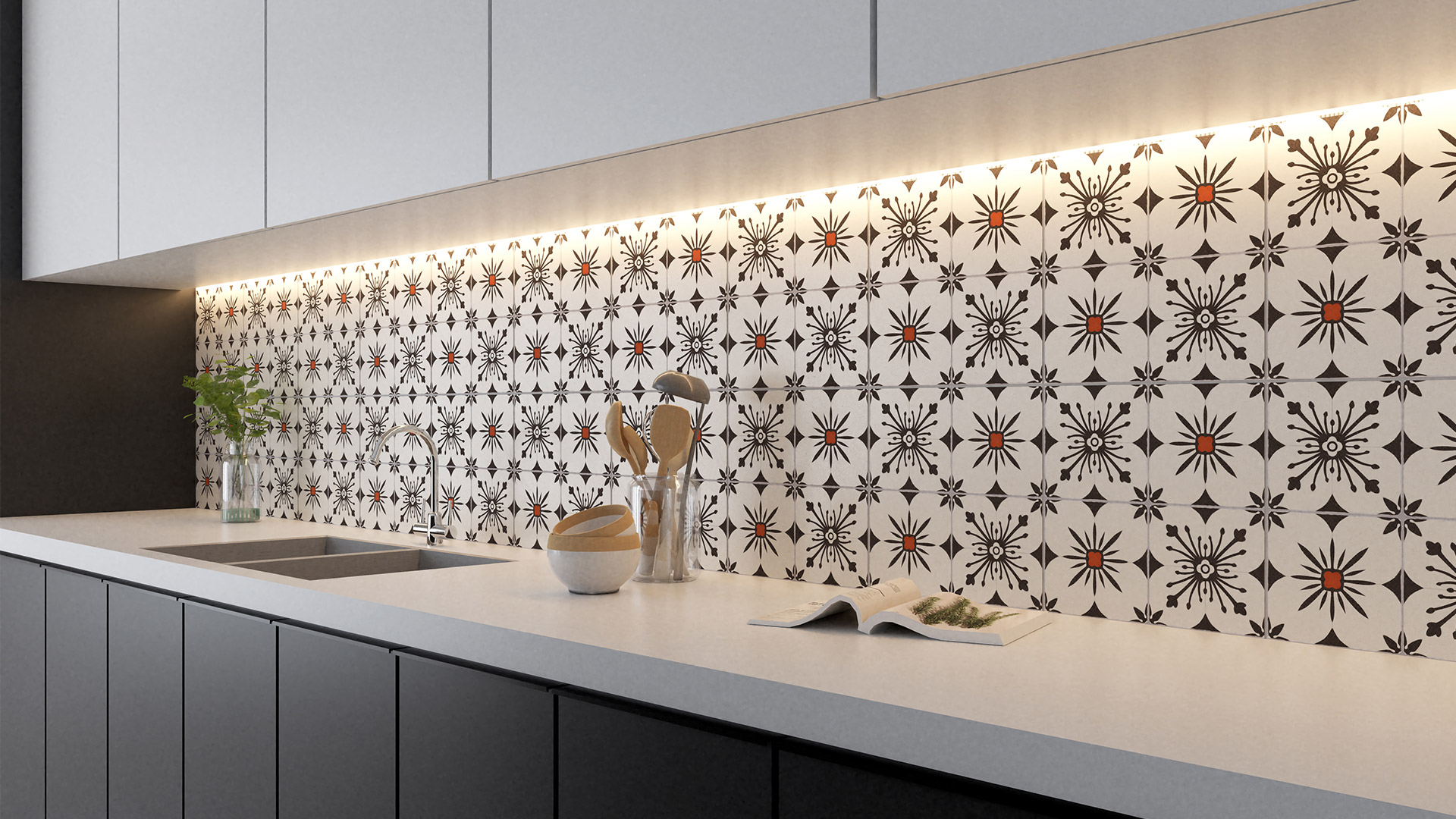 search image
search image
For homes with a vintage or bohemian touch, a backsplash made of vintage or ethnic-patterned tiles can add a unique and colorful character.
3. Match Colors with Your Kitchen’s Color Palette
In addition to the material, the color of your backsplash plays a key role in creating harmony in your kitchen. The color should complement the overall palette of your kitchen and home.
-
Neutral Colors: If you prefer a timeless and versatile look, neutral colors like white, gray, and beige are a safe choice. These colors offer a clean, calm aesthetic and are easy to pair with other kitchen elements.
-
Bold Colors: For a more eye-catching visual focal point, opt for a bold-colored backsplash such as deep red, navy blue, or emerald green. These colors can make a strong statement, adding energy and personality to your kitchen.
-
Gradient Colors: You can also experiment with gradient colors to create visual depth on your backsplash. For example, tiles that transition from white to gray can add a subtle yet interesting dimension to a minimalist kitchen.
4. Patterns and Textures
In addition to color and material, the pattern and texture of your backsplash will also influence the kitchen's overall look. Some home styles might suit complex patterns, while others look better with simple designs.
-
Geometric Patterns: For modern or contemporary homes, geometric patterns offer a dynamic and clean appearance. Patterns like hexagons or rectangular tiles can create an intriguing visual effect.
-
Classic Motifs: Homes with a classic or vintage style might be better suited to backsplashes with floral or mosaic motifs, adding a timeless and decorative touch.
-
Natural Textures: If you want to add some texture to your backsplash, consider materials like brick, natural stone, or tiles with a rough surface. Textured backsplashes add dimension and character to the kitchen and are perfect for rustic or industrial-style homes.
5. Budget Considerations
Each material comes with a different price tag, so it’s essential to consider your budget when choosing a backsplash. For example, ceramic tiles are generally more affordable, while marble and glass tend to be more expensive. You should also factor in the cost of installation, especially for materials that require professional expertise like glass or marble.
6. Functionality and Maintenance
Besides aesthetics, don’t forget to consider the functionality and ease of maintenance. A beautiful backsplash that’s hard to clean can become a burden in the long run, especially in an area like the kitchen that’s prone to splashes and stains. Choose a material that’s easy to wipe down and resistant to heat and moisture, such as ceramic, glass, or stainless steel.


